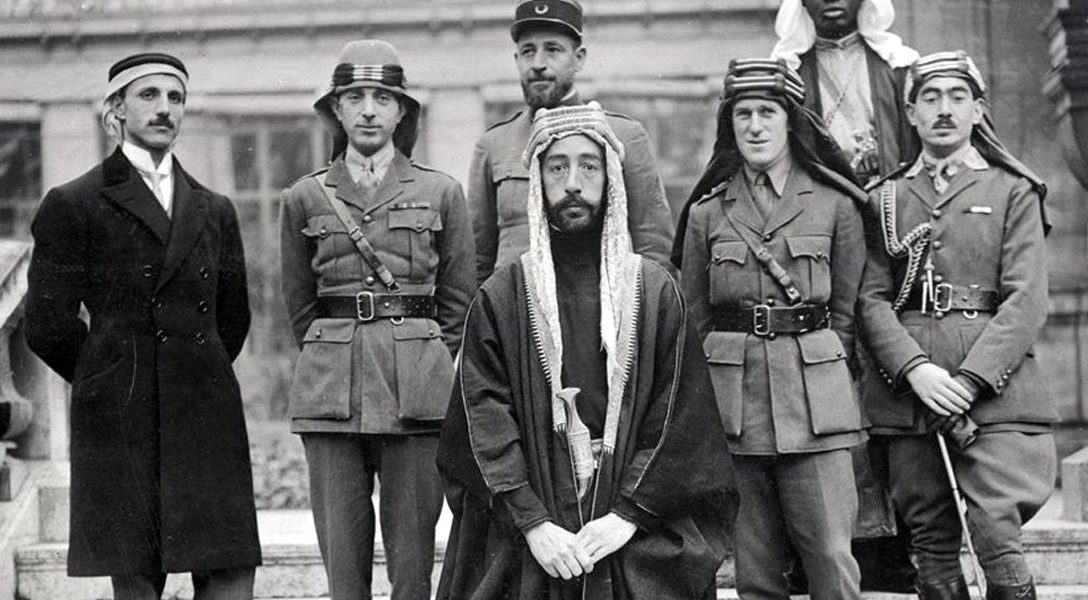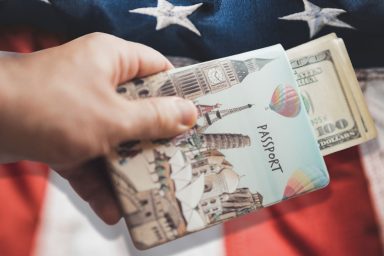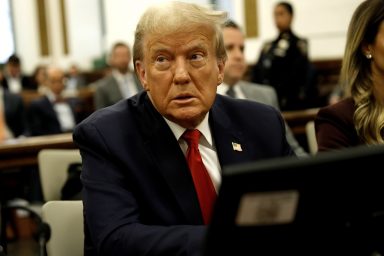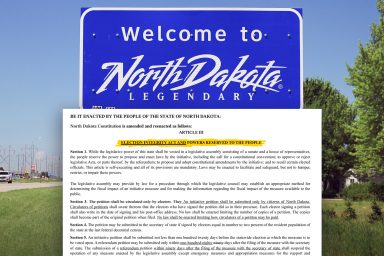Nazi Terrorist Connection: Hitler’s Legacy, Part 3
The Pyrrhic World War I Victory of the Triple Entente
By making crucial mistakes, the winners of World War I not only paved the way for Hitler to emerge in Europe, but their actions in the Middle East also gave birth to the movement we now know as Islamist terrorism.
Editor’s Note: At WhoWhatWhy, we periodically excerpt works of interest. We may not independently verify all claims made or conclusions drawn.
————————
This is Part 3 of our excerpts from Peter Levenda’s astonishing book “The Hitler Legacy.” (You can read Part 1 here and Part 2 here).
Buoyed by their victory, the winners of World War I imposed a wide range of sanctions on Germany and split up the Middle East in a way that suited their needs but not those of the people who lived there. In doing so, the victors set themselves up for a disaster that would culminate in an even more deadly war just two decades later. And the repercussions of those fateful decisions can still be felt in the Middle East today.
While the emerging Nazis in Europe and the disgruntled Arabs in the Middle East did not seem to have much in common, they could agree on who was to blame for their poor fortunes — the Jews.
And, true to the motto “The enemy of my enemy is my friend,” they began to forge ties, some of which remain in force to this day.
The Hitler Legacy: The Nazi Cult in Diaspora: How it was Organized, How it was Funded, and Why it Remains a Threat to Global Security in the Age of Terrorism.
Secret Politics, Secret Religion
Germany at the end of World War One was in shambles. The Treaty of Versailles had restricted the size of its military to a token force, while placing all the guilt for the war squarely on Germany and demanding huge reparations in return. Valuable territory was lost, and to add to its burden, there was a growing Communist presence in the country that threatened to turn it into the next Soviet Union.
When World War One began, Russia was ruled by the Czar. By 1917, however, the Bolshevik Revolution had begun and the Czar and his entire family were arrested and eventually executed. A new political and economic regime was installed under Vladimir Lenin, and the Russians stopped fighting on the side of Great Britain and France (the three countries had formed what was called the Triple Entente). Instead, Russia signed a peace treaty with Germany. The Allies had thus lost Russia as an ally against the Kaiser.
At the same time, returning German soldiers were bringing the Communist message back to their homeland. Various German states were in danger of having Socialist or Communist governments. The German Navy raised the red flag of Communism over its ships in the port city of Kiel; Berlin had a Socialist leader; and in Munich the Bavarian Soviet Republic was proclaimed. The German Revolution had begun.
As an example, a battle took place in the streets of Munich in May of 1919 between the swastika-helmeted Freikorps brigades (a kind of militia or paramilitary force made up of former German soldiers) and the Reds. The Freikorps eventually won and saved Munich for the anti-Communist — or “White” — forces. A provisional Communist government had tried to take power in Bavaria, but suffered from factionalism within its ranks. The right-wing Freikorps took advantage of this weakness and reclaimed the territory after the Reds had made the fatal error of arresting — and then executing — seven members of a bizarre secret society that nevertheless numbered important German nobility among its ranks.
This Order was the Thule Gesellschaft, or Thule Society. Nominally under the charge of one Baron von Sebottendorf — a mystic and astrologer who had spent time in Egypt and who fought for the Ottoman Empire in its Balkan War — it combined Nordic runes, Theosophy, occultism, yoga, and other esoteric disciplines with a heavy dose of racial ideology imbibed from the font of such race mystics as Guido von List and Lanz von Liebenfels. It met at the Four Seasons Hotel in Munich, the same locus for meetings of the German Workers Party, the organization that would become the National Socialist German Workers Party: the NSDAP or Nazi Party.
The memberships of these two organizations — the Thule Society with its milky gaze fixed on the legendary origin of the Nordic race, Thule (a kind of Teutonic Atlantis), and the Nazi Party (a collection of thugs, unemployed laborers, and bitter ex-soldiers) — often overlapped. The young Adolf Hitler, a corporal in the defeated German army, was sent to infiltrate the suspiciously nomenclatured German Workers Party and report back on what he found. Instead, he took it over and made it the vehicle for his own mission: trendy socialist-sounding sentiments masking an anti-internationalist, racist, and hegemonic platform to restore Germany’s greatness and wreak vengeance on those whom he felt betrayed the nation: the Jews, the Communists, and the liberal elite.
At the same time, the Middle East was reeling from various European decisions that had been made, either without consulting its leaders or through ignoring promises that were made and then summarily broken. The Balfour Declaration of 1917 — which made Palestine a Jewish homeland — was one of these, entered into without a thought to discussing it with the Arab leaders who had thrown in their lot with the Allies against the Ottoman Turks (thereby defying the Caliph’s fatwa that called all Muslims to jihad against the Triple Entente).
There was also the Sykes-Picot Agreement (which essentially carved up the former Ottoman Empire in the Middle East between France and Great Britain, redrawing the map of the region completely — again without consulting the indigenous populations). Declassified correspondence reveals the extent of the British and French double-cross where the Arab Revolt was concerned. It is a trail of deception worthy of comparison to the hundreds of peace treaties signed by the US government with the Native American populations — only to be matched perhaps by the notorious Hitler-Stalin Pact, or the sadly optimistic Munich Pact signed by Neville Chamberlain and Adolf Hitler.
Revolts against British and French rule in the Middle East in the decades after the end of the First World War were numerous and were put down with brutal efficiency. This was the cauldron in which the witches’ brew of Arab nationalism, Islamism, and anti-Western activism were mixed and fermented.
Revolts against British and French rule in the Middle East in the decades after the end of the First World War were numerous and were put down with brutal efficiency. This was the cauldron in which the witches’ brew of Arab nationalism, Islamism, and anti-Western activism were mixed and fermented, becoming the intoxicating (in both senses of the word) beverage that we loosely call “terrorism” or more insistently “Islamist terrorism.” The French became a colonial power in Syria and Lebanon due to the Sykes Picot Agreement and, in 1920, ousted King Faisal from Damascus by force. The French general who led the campaign to retake the city at the Battle of Maysalun is reported to have insulted the tomb of the great twelfth century Muslim commander Saladin, bragging that he had raised the Cross over the Crescent. This cavalier appropriation of historical and religious icons is a hallmark of Western-Eastern and especially Christian-Muslim relations of the 20th century and its aftermath affects the world we live in today.
Thus, the experience of Germans in the 1920s ran oddly parallel to that of the average Arab citizen in the Middle East at the same time. Rightly or wrongly, both felt victimized and betrayed by the Allied powers, especially Great Britain and France and to some extent Russia. Both began to see the Jews as symbolic of the sinister forces at work in the world: Germany, because it believed that Communism was a Jewish invention to enslave the world, and the Middle East, because suddenly there would be a Jewish homeland — administered by England — in the middle of its territory, thus proving there was, indeed, a conspiracy of Jews and European Christians against Islam.
In both cases religion and race were made to be seen at the heart of the problem, rather than the more intellectually demanding and complex forces of politics and economics.
This was as true in America as it was in Europe. While groups such as the National Socialist German Workers Party were being formed — largely underground in Germany and later in Austria — in response to the very real threat of a Communist takeover in Germany, organizations sympathetic to the plight of the Germans began forming in the United States.
This phenomenon took on tremendous energy with the 1929 stock market crash. The resulting anxiety and financial ruin only contributed to the paranoia of those who suspected a worldwide conspiracy of bankers and industrialists to impoverish and enslave the masses while enriching themselves. This paranoia took two forms, a leftist interpretation and a rightist one.
The leftist view said that the global conspiracy was one of the bosses against the workers, and the bosses were fat-cat capitalists. The leftist viewpoint was devoid of racist rhetoric for it had been influenced by Marxist thought which described the inevitable development of socialism and communism from the ashes of capitalism in the aftermath of the industrial revolution. Marx’s famous dictum — Workers of the World, Unite! — was meant to be an international call to all working people to throw off the yoke of capitalism.
This was the sentiment that eventually won the day in Russia and resulted in the overthrow of the Czarist superstructure and the elevation of the worker and the peasant to positions of control over the means of production (at least theoretically).
The rightist view agreed in part that the global conspiracy was one of the bosses against the workers, but added a racial and spiritual component to the conflict. While the left blamed Capitalism and touted Communism as the solution, the racist right blamed Communism and furthermore identified Communism with the Jews.
The early Nazi Party was a battleground between these two points of view. There was a “left wing” of the Nazi Party — represented most notably by Otto Strasser (1897–1974) — that believed in an international workers party that would support the right of workers to strike, an idea that was not welcome to the industrialists who were backing Hitler. Strasser also called for closer ties with the Soviet Union and an end to the anti-Semitic policies of the Nazi Party. He and his group were eventually expelled from the Nazi Party and Strasser himself was forced into exile. He remained a committed Nazi to the end of his days.
Although Strasser had participated in the early post-World War One Freikorps movement that opposed Communism, his form of Nazism became completely out of synch with the right wing of the Party, represented by Hitler, which became the dominant force. There were those Nazis after the war who entertained Strasser-ist ideas by urging alliances with the Soviets; however, this was less the result of ideological conversion to Strasser’s point of view than it was a pragmatic decision to pit the Soviets and the Americans against each other in an effort to weaken both.
As the struggle between the warring viewpoints of Hitler and Strasser was taking place in Germany, in America a number of proNazi parties and groups found their voice among the disaffected and disenfranchised whites who feared that their way of life was being threatened by Jews, African-Americans, and Communists — who, they believed, had engineered not only the Russian Revolution but also the election of Franklin D. Roosevelt. Thus it was that the Hitler racist right position on National Socialism became the dominant one in America, leaving little room for a leftist, Strasser interpretation.
Many anti-Roosevelt broadsides of the time — from the 1930s to the early 1940s — are vitriolic attacks on the Democratic president for being a Communist, a Jew, a dictator, and every combination of these. The White House was seen as a hotbed of Communist agents bent on destroying America from within. This radical point of view found fertile ground among working-class men and women in the cities where rumors spread that Jewish firms were firing Gentile workers in order to hire recent Jewish immigrants. These and other variations of the “blood libel” — in this case sacrificing the income of Gentiles rather than their infant children — were common currency at the time among the newly-formed extreme right-wing parties.
While the German-American Bund is probably the most famous of these parties, there were other “patriotic” American societies that claimed similar pedigrees, as we shall see; and these favored a spiritual component in addition to the rather more mechanistic one of the German intellectual establishment.
Related front page panorama photo credit: Adapted by WhoWhatWhy from Cross (Boris23 / Wikimedia), Star and Crescent (Kbolino / Wikimedia), German American Bund Flag (aloeser / Wikimedia – CC0 1.0), Thule Society and DAP symbol (NsMn / wikimedia – CC BY-SA 1.0)



